The Cowl Bubu top is a sophisticated evolution of the traditional African Bubu dress, celebrated for its flowing silhouette and graceful drape. This contemporary variant combines modern fashion aesthetics with cultural heritage, making it a standout piece in any wardrobe. The Cowl Bubu is defined by its draped neckline (the “cowl”) and relaxed, loose-fitting structure that flatters a wide range of body types.
Why It’s Trending
-
Timeless elegance: The flowy nature of the Bubu makes it effortlessly graceful.
-
Versatile wear: Suitable for weddings, casual outings, or corporate events.
-
Inclusive fashion: It flatters all shapes and sizes and aligns with modest fashion trends.
Learning to design a Cowl Bubu empowers fashion students and enthusiasts with skills in draping, pattern-making, and cultural design interpretation—vital skills in today’s diverse fashion industry.
Understanding the Style
Key Characteristics
-
Silhouette: Loose, free-flowing, usually A-line or straight-cut.
-
Neckline: Draped (cowl-style) with soft, elegant folds.
-
Length: Varies—can be hip-length or full-length.
-
Sleeves: May be sleeveless, cap-sleeved, or wide-flowing batwing style.
-
Details: Often features covered buttons for modesty and elegance at the neckline.
Cultural Influence
Rooted in West African fashion, the Bubu is historically a status garment worn by both men and women. Its modern adaptations are influenced by minimalist Western silhouettes and Asian kimono styles.
Comparison with Related Styles
| Style | Cowl Bubu | Kaftan | Kimono Dress | Maxi Dress |
|---|---|---|---|---|
| Fit | Loose with cowl neck | Loose, straight-cut | Tied waist, wide sleeves | Fitted or A-line |
| Neckline | Draped cowl | Round/V-neck | Cross-wrap | Varies |
| Fabric Flow | Fluid, graceful | Flowy | Structured yet soft | Light or heavy |
| Cultural Origin | West Africa | North & West Africa | Japan | Western |
| Styling Ease | High | High | Moderate | High |
Materials and Tools Required
Fabrics (Choose lightweight and drapey)
-
Chiffon
-
Silk
-
Crepe
-
Rayon
-
Organza (for layered effect)
Essential Tools
-
Sewing machine
-
Fabric scissors
-
Tailor’s chalk
-
Measuring tape
-
Pins and pin cushion
-
Pattern drafting paper
-
French curve and ruler
-
Thread matching fabric color
-
Iron and ironing board
Optional Enhancements
-
Beads or sequins for neckline and sleeves
-
Fabric-covered buttons for a seamless look
-
Fusible interfacing (for structure)
-
Bias tape (for clean finishes)
Cowl Bubu Dress Illustration Tutorial

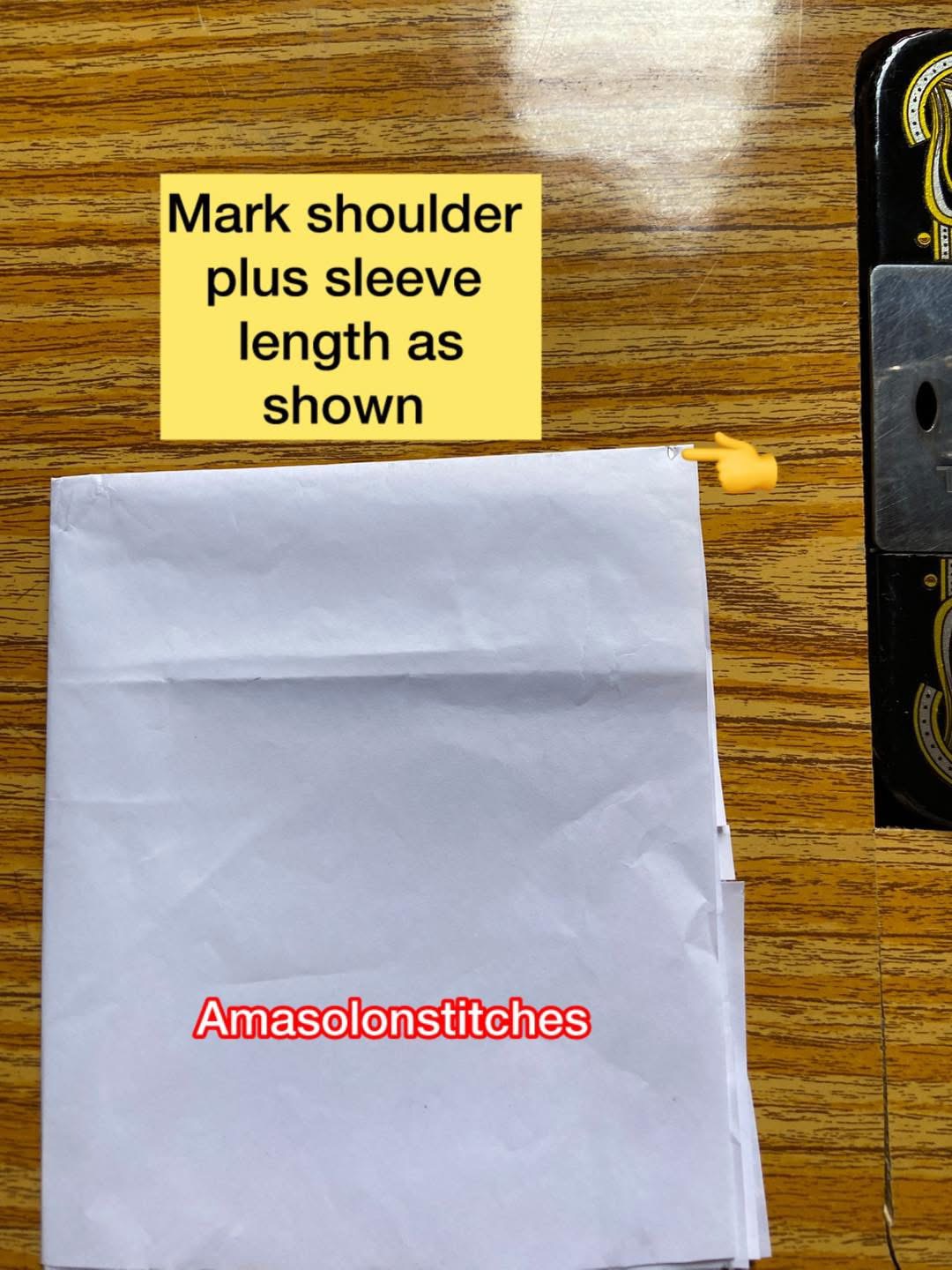

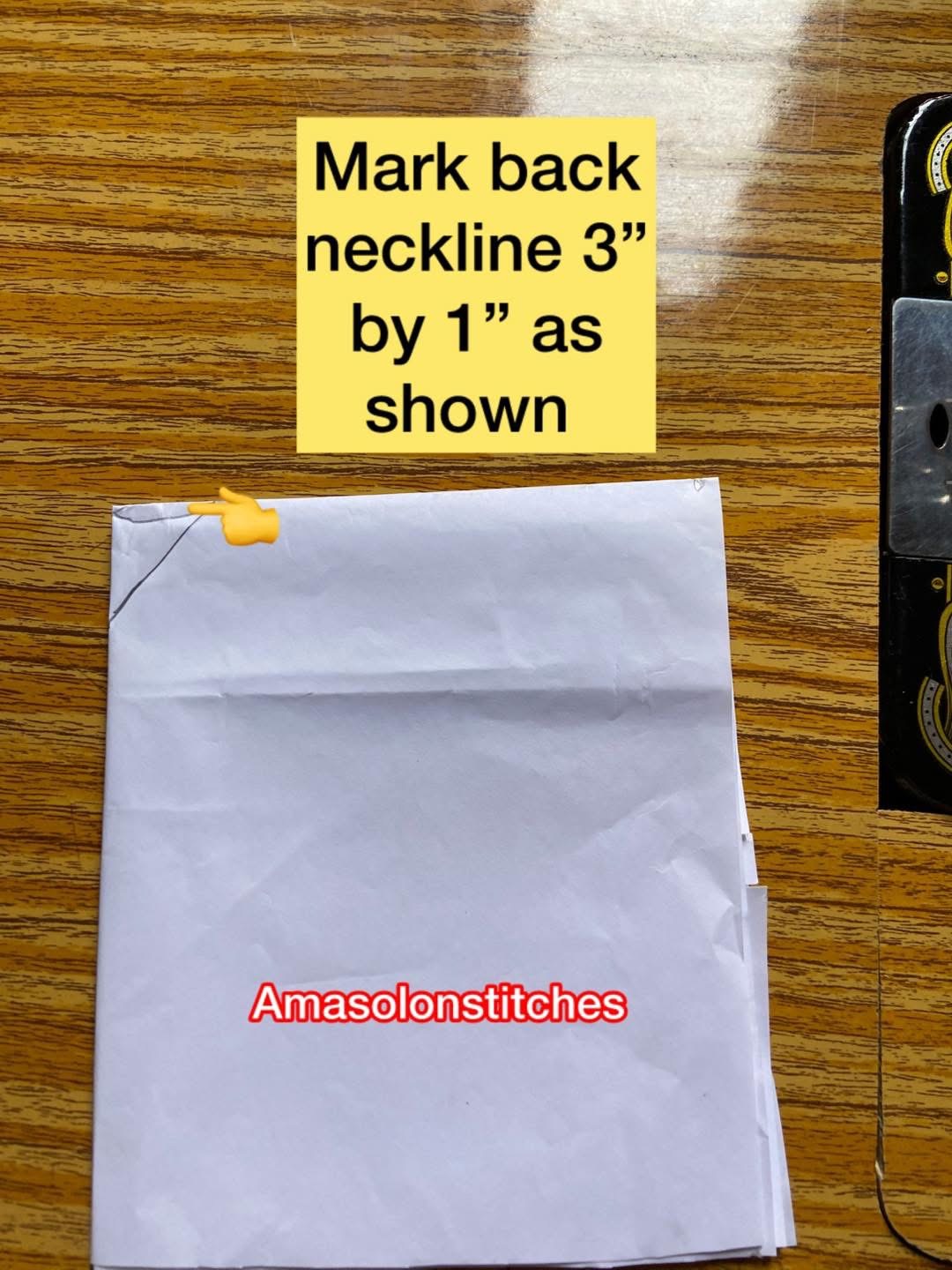
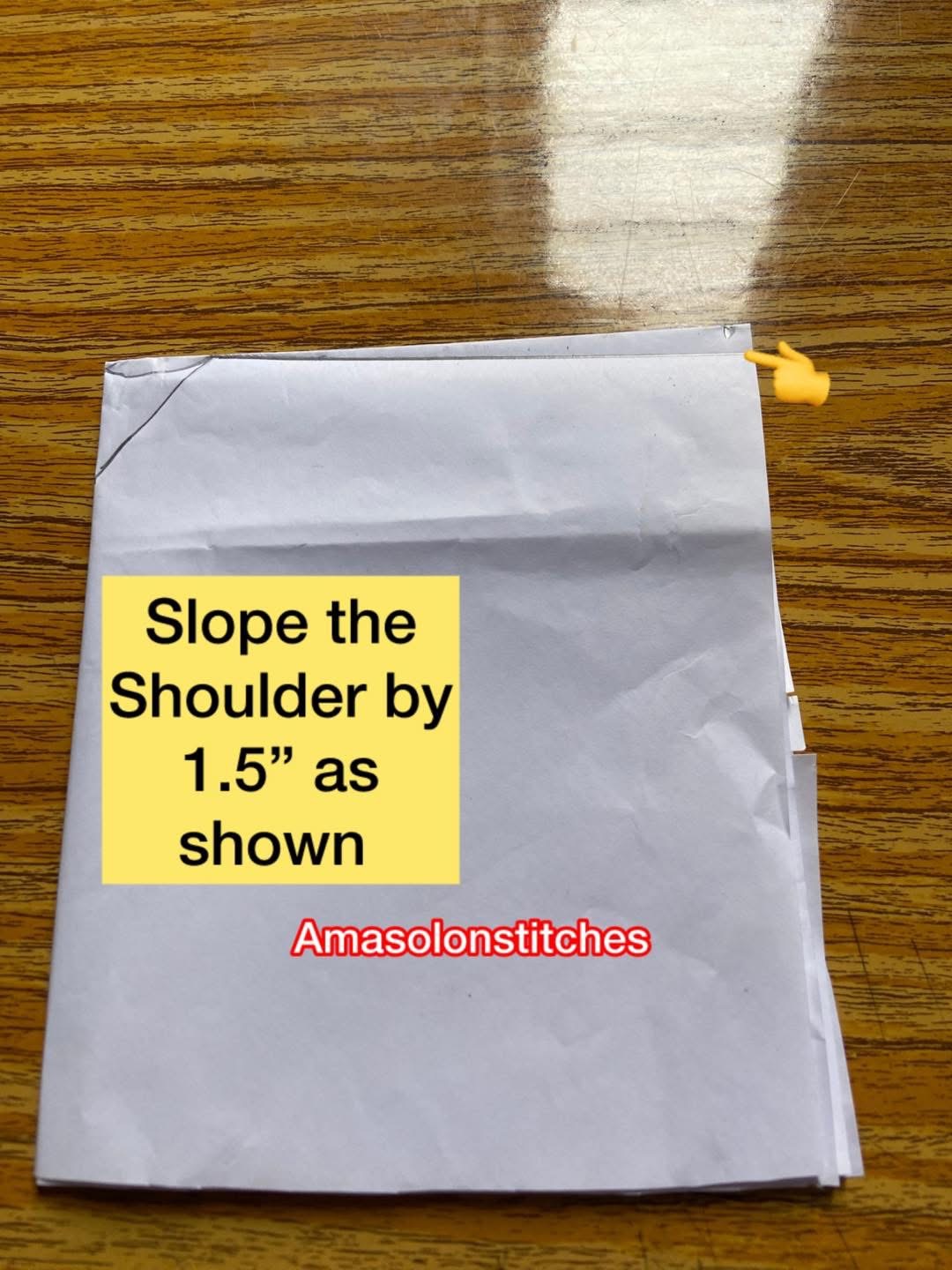
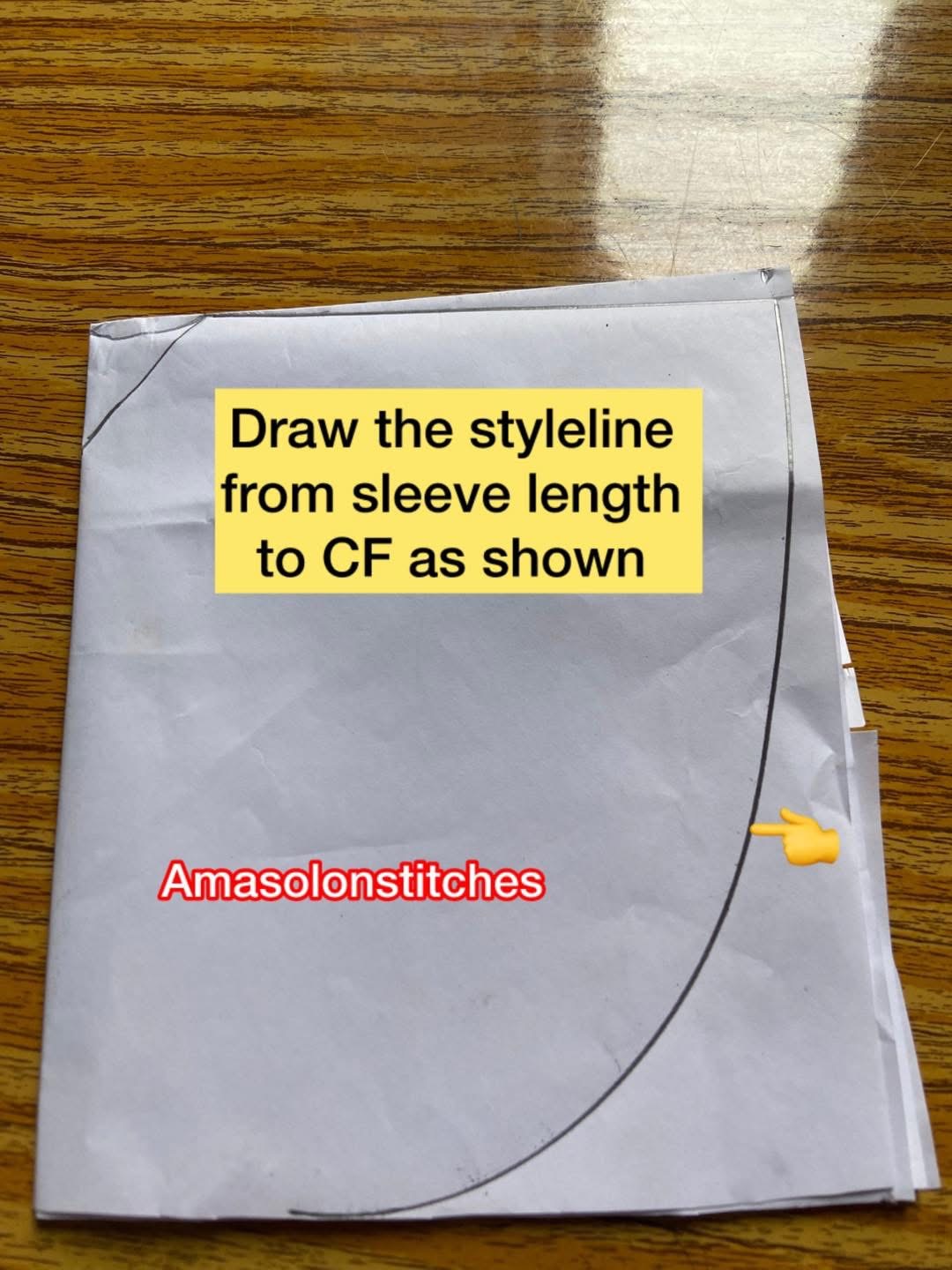
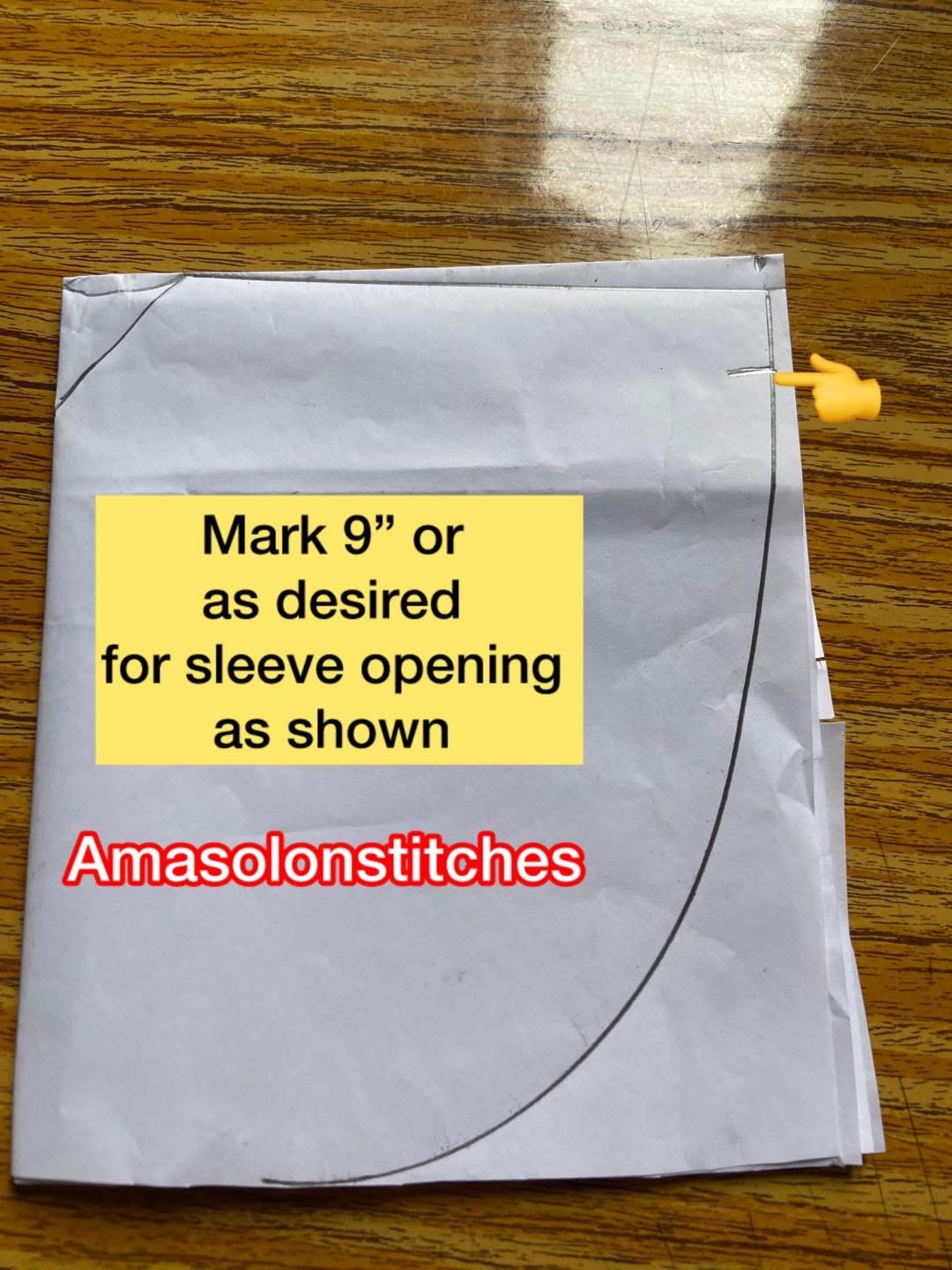
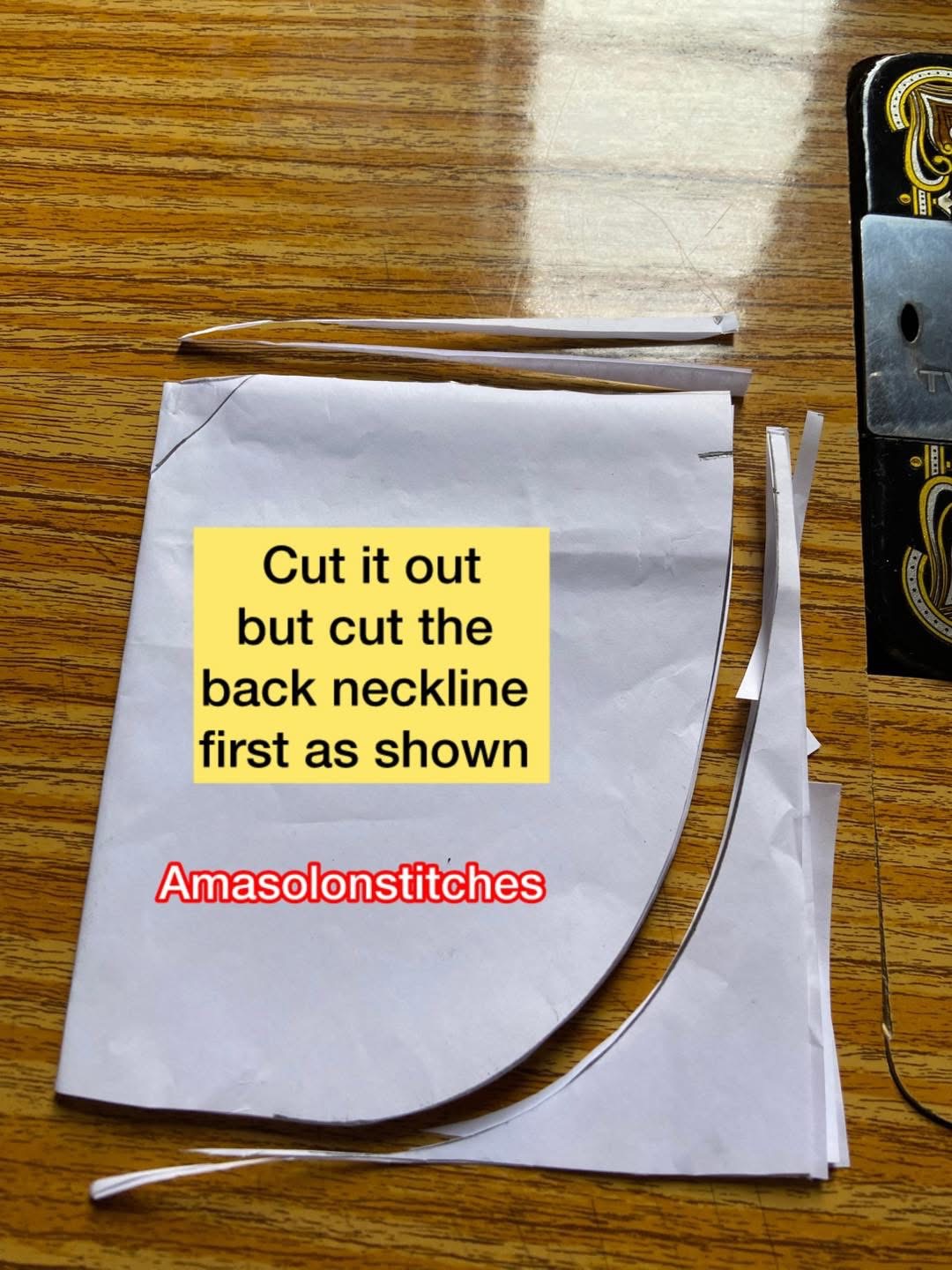
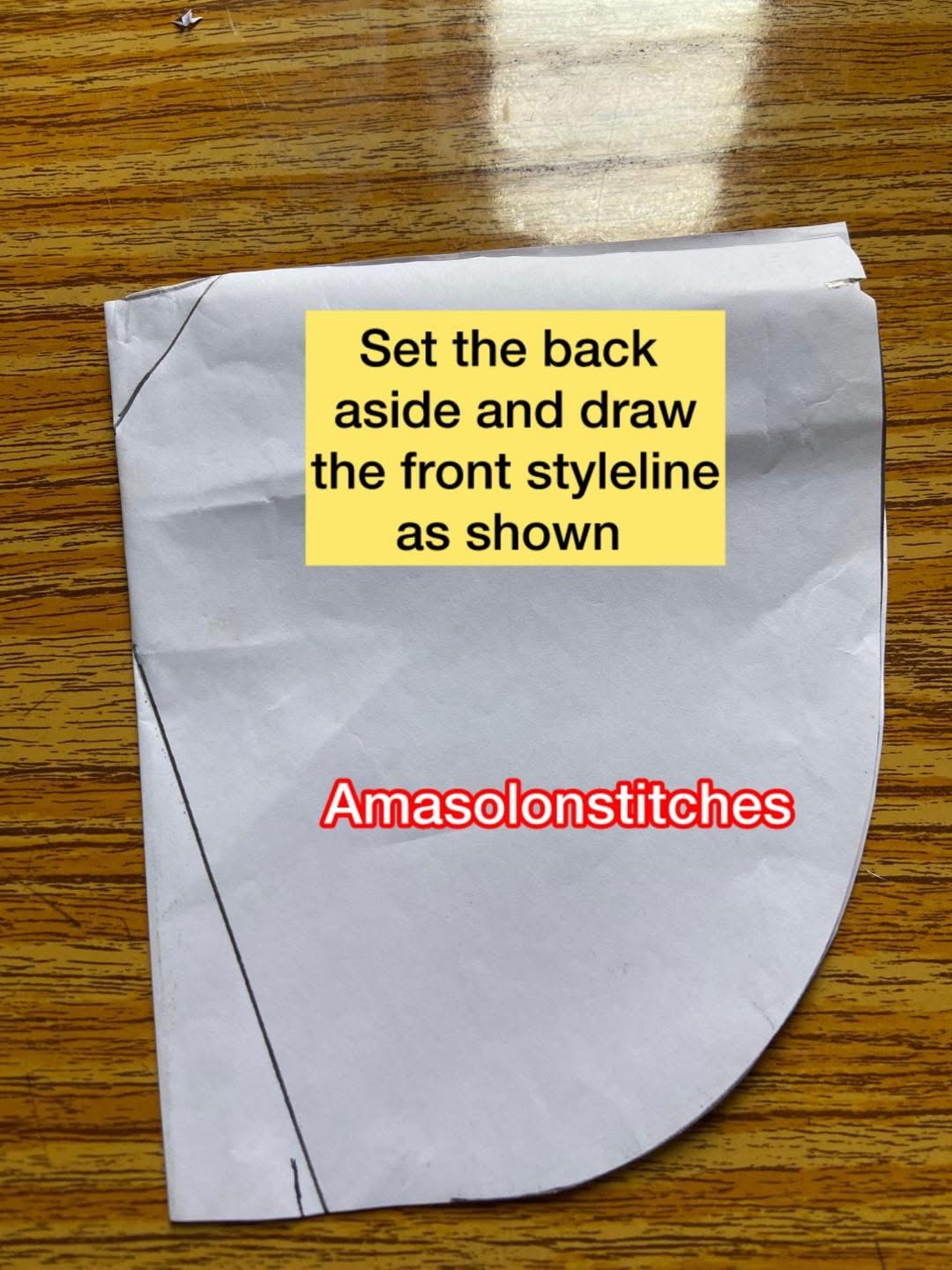
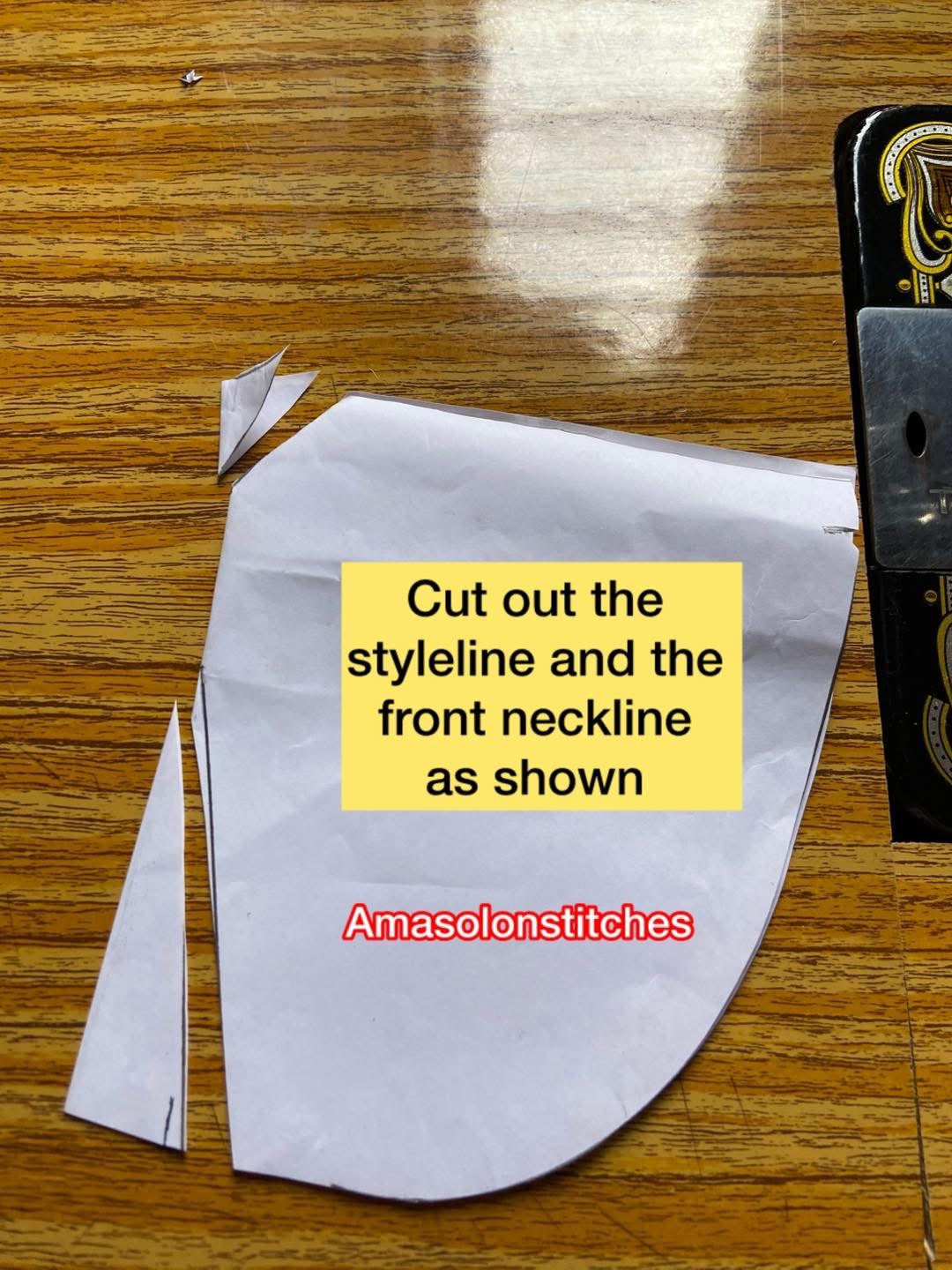
Step-by-Step Drawing Tips
-
Silhouette Sketch:
-
Draw a loose A-line shape on your fashion croquis.
-
Indicate the wide neckline dropping into a draped “cowl”.
-
-
Draping Details:
-
Use soft, downward lines to indicate how the fabric folds at the neckline.
-
Emphasize volume with curved lines under the arms and around the hem.
-
-
Add Features:
-
Draw covered buttons down one side of the neckline.
-
Lightly sketch fabric texture using shading techniques.
-
-
Color Rendering & Moodboard:
-
Use light pastel shades for elegance, or bold Ankara prints for drama.
-
Complement the sketch with fabric swatches and styling suggestions on a moodboard.
-
Pattern-Making and Sewing Process
Drafting the Pattern
-
Start with a Basic Tunic Block:
-
Add 2-3 inches of ease around bust and waist.
-
Length can be extended based on preference.
-
-
Create the Cowl Neckline:
-
Extend the front neckline and slash open.
-
Spread the pattern pieces to create additional fabric for drape.
-
Fold and tape pattern to show soft fall lines.
-
-
Drafting the Sleeves:
-
Add wide sleeves (optional batwing or kimono sleeves).
-
Cutting & Sewing
-
Lay and cut fabric on fold for symmetry.
-
Sew shoulder seams first, then neckline.
-
Install the covered buttons along the neckline edge.
-
Assemble the body, sewing side seams and sleeves.
-
Hem the bottom and sleeves.
-
Press carefully to maintain shape.
Pro Tips
-
Use tissue paper underneath slippery fabrics like silk.
-
Stay-stitch neckline before handling to avoid distortion.
-
Double-fold hems for neat finishes.
Styling the Cowl Bubu Dress
1. Casual Wear
-
Fabric: Soft crepe or jersey
-
Style with: Strappy sandals, crossbody bag, sunglasses
-
Ideal for: Day brunches, errands, relaxed meetings
2. Formal Events
-
Fabric: Silk or satin
-
Style with: Heels, statement earrings, elegant clutch
-
Ideal for: Weddings, banquets, galas
3. Festive or Cultural Occasions
-
Fabric: Ankara, brocade, or embellished chiffon
-
Style with: Headwraps (gele), layered necklaces, bangles
-
Ideal for: Traditional weddings, cultural festivals
Estimated Costs of Making the Dress
| Item | Budget Option (NGN/USD) | Premium Option (NGN/USD) |
|---|---|---|
| Fabric (3–5 yards) | ₦5,000–₦8,000 ($8–$12) | ₦15,000–₦25,000 ($20–$35) |
| Covered Buttons (5–7 pcs) | ₦500 ($0.70) | ₦2,000 ($3) |
| Thread | ₦300 ($0.40) | ₦1,000 ($1.30) |
| Interfacing/Bias | ₦700 ($1) | ₦1,500 ($2) |
| Beads/Embellishments | ₦1,000 ($1.30) | ₦5,000+ ($7+) |
| Total | ₦7,500–₦10,000+ | ₦25,000–₦35,000+ |
Care and Maintenance
General Tips
-
Handwash or use a delicate cycle with mild detergent.
-
Avoid wringing out fabrics to preserve drape.
-
Iron on low heat or steam from a distance.
-
Store in a breathable garment bag to avoid dust buildup.
Fabric-Specific Tips
-
Chiffon: Air-dry flat; avoid direct sun exposure.
-
Silk: Dry-clean preferred; iron on reverse side with pressing cloth.
-
Crepe: Avoid over-washing to retain texture.
After Completing Your First Cowl Bubu Dress
-
Photographing Your Design:
-
Use natural lighting to highlight drape and flow.
-
Capture multiple angles (front, side, neckline close-up).
-
-
Showcasing Your Work:
-
Add it to your fashion portfolio.
-
Upload on Instagram, Pinterest, or Behance.
-
-
Selling or Gifting:
-
Add your label tag and packaging.
-
Offer customization options (fabric choice, length, sleeve type).
-
-
Apply Learnings:
-
Use techniques in creating gowns, ponchos, or wrap dresses.
-
Experiment with digital fashion illustration or draping software.
-
Common Challenges and Practical Tips
| Challenge | Solution |
|---|---|
| Neckline distortion | Stay-stitch neckline before handling and use interfacing |
| Uneven drape | Cut fabric on grain and use weights while cutting |
| Bulky neckline seams | Use fine seam finishes or serge raw edges |
| Fabric slipping | Use tissue paper underneath while sewing |
Special Considerations
-
Plus-Size: Use wide-set cowl neck for balance; ensure armhole ease.
-
Petite: Shorten length and reduce volume to avoid overwhelming frame.
-
Disability Adaptive: Use side zippers or magnet closures for ease.
-
Gender-Neutral Design: Use neutral colors and eliminate overt embellishments.
Conclusion
Creating a Cowl Bubu top is a rewarding venture into the fusion of heritage and haute couture. Whether you are a fashion student, designer, or DIY lover, mastering this piece broadens your creative skillset. With its versatility, elegance, and rich cultural symbolism, the Cowl Bubu is more than just a garment—it’s a canvas for storytelling.




